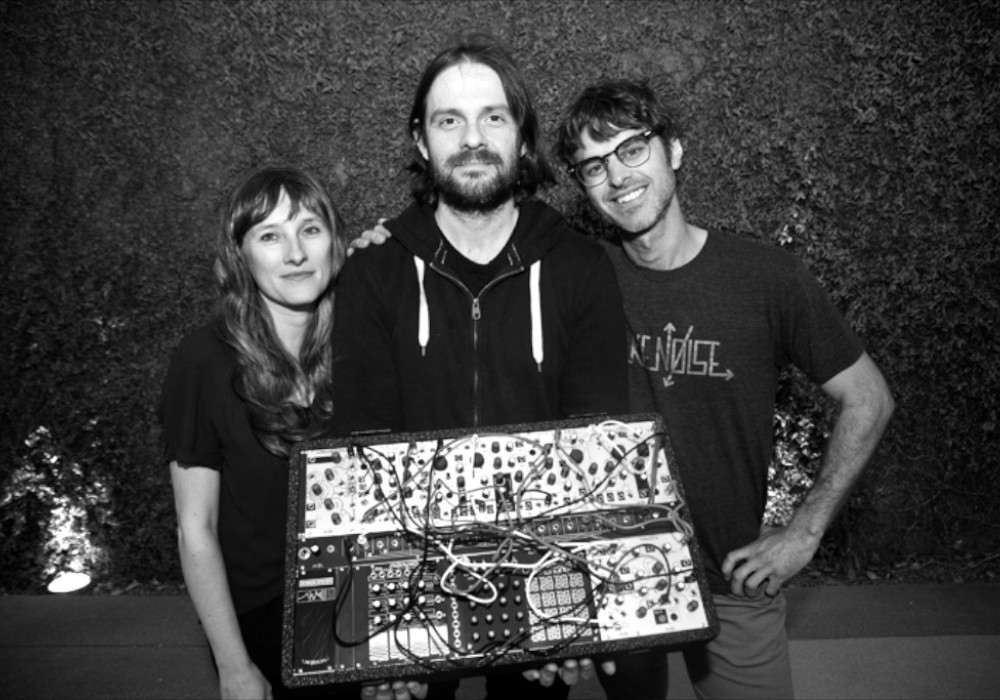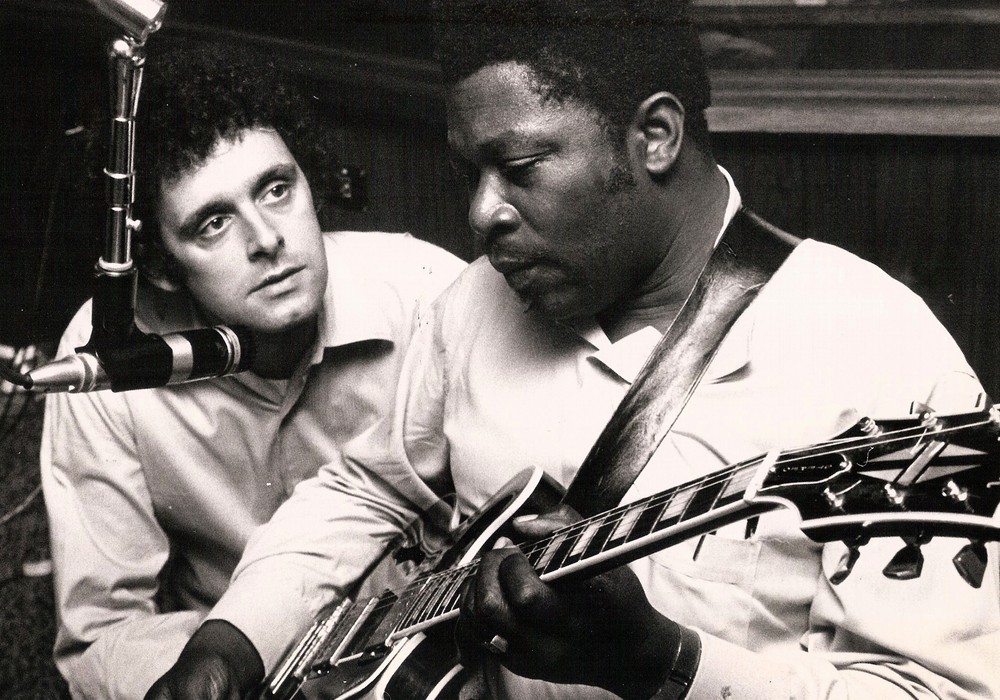Philip, I've known you a long time. Kevin Robinson [Viva Voce, Tape Op #84] was the one that was telling me, "Dude, check these out. Talk to this guy."
That's one of those "so lucky I started this in Portland" kinds of things. Because he, for whatever reason, thought that first batch of mics that I was doing were cool. He sent out an email to everybody he knew in Portland music and was like, "Hey, there's this guy in town doing this cool thing." That connected me with a whole bunch of good people, including you. You came over shortly after that when it was in the basement.
How "Portland" is the basement, right?
Yeah.
A million bands started in basements, many studios, many businesses.
Well, the clearest impetus was my daughter, Malachi, who now helps me run the business here. When she first started writing songs, as she was heading off for college, we had some discussion of, "I guess we should figure out how to record some of these." I was doing some audio stuff. I was tinkering in all kinds of different areas just to keep my sanity from my software job that I hated.
Which is something you did for a long time?
Yeah, I'd been doing that for a couple of decades. To keep my sanity, I did a whole bunch of different projects, physically building things like pinhole cameras in the evenings. I have never been a good or serious guitar player, but I got into making amps and converting old tube PA heads into guitar amps. That was the first electronic stuff I was doing. Then I did a preamp. I don't even know why, because I wasn't recording anything, but I got more and more interested in that kind of gear. Right around that time, Malachi wanted to track some of her songs. I was like, "We'll need a decent microphone. Oh, these are expensive."
Yeah, the good ones are!
Because I was in that headspace of building it myself, as DIY as I could, I looked into mic circuits and building your own mics. And there's a little bit of an internet community around that. Enough at that point to be like, "Oh, it is possible."
Right, DIY groups.
I hadn't done much transistor-based circuitry at all. It had all been tube before that. I didn't know that much about the circuitry, but most mic circuits are actually pretty simple. There are not that many components. They're pretty easy to understand. There are some very specific design considerations, mainly around noise.
Why was it condenser mics? Phantom powered condenser mics seem to be your bag.
Yeah, and partly because those were the circuits that were easiest to find. Although there's a little more to the circuitry, it feels like you're building something yourself. The trouble with dynamic mics is it's basically the capsule is the mic. You don't even need anything else. A [Shure SM]57, you can even use it without the transformer. But making those capsules is complicated. I didn't want to DIY the capsule building on this, especially on those. With condenser mics, the capsules are fairly readily available, and the circuits are pretty doable. It felt like something I could get in, and tune, and control… a way to do something that is your own design. You can do slight modifications to existing capsules. The revelation to me was anything can be a mic body. It just needs to provide the shielding. It needs to be metal all the way around. As long as it's fully shielded, the design could be anything.
Did you have to start understanding the acoustic considerations of where the capsule's sitting?
Yeah. Then you get into actually making one and listening to it.
[laughter] And wondering why.
And wondering why, exactly. It was still probably a year and a half of tinkering and trying a bunch of different body configurations. Even when settling on things that seemed pretty good, there are a lot of details about exactly where the capsules sit in the headbasket. The different headbasket shapes, you realize, give different sounds and tones. At that point, it's a lot of experimentation. There's no real mathematical modeling of that that is complete enough to give you that real sense.
Obviously, the first thing that we all saw with your mics was the aesthetic. If I remember correctly, there were bike parts and plumbing parts. I see less bike parts these days.
Yeah, it's true. We do still make them with the bike rings. Every now and then, we'll go to the local bike shop, and they'll let us dig around in their toss pile of old chain rings. We'll pull some of them, and we'll build some. It's usually Zane [Greening], my head production guy, who does that as a project every now and then. People aren't as interested in them as you'd think. It's a weird thing. When I started off, a lot of the mics were much more one-off like that, and individual. The bike gear ones, most of them are quite different. Those chain rings come in a gazillion different styles. There are so many different companies in the bike business that all have their own little take on that.
Do people ever call you up and go, "I want a Schwinn mic?"
No, I haven't had a particular brand request. At this point, those tend to be people that say, "I'm really into bikes, and I play bluegrass."
There's a Venn diagram here.
Yeah, exactly. So, we do still do those, somewhat. The very first design that I did, which we still do some of our models this way, the headbasket that holds the capsule is a tea ball. It's that big, three-inch, oversized tea ball. I did that because my idea initially was I wanted as little acoustically in the way of the capsule as possible. It's got one tiny little rim of steel right at the 90 degree.
This is a basket that you dip tea into the hot water with?
Yeah. It's a sphere of very fine mesh, and it's essentially acoustically transparent. I thought – this was my theoretical idea – that it would be the ideal [headbasket]. Have the capsule essentially suspended in space. Then I was like, "How do I hold that ball in space?" Every problem leads to another one. That was where I started doing the ring and spring suspension mount. It was the idea of, "How do I hold this tea ball relatively steady?" I remembered seeing those designs from the '20s. Really old mics that have this spring suspension.
You accidentally stumbled across something that reminded people of the past?
Yeah, exactly. I was backing into it that way. Because of that, I was looking for all kinds of things that would be roughly the right size – like circles – to hold the springs. I came across all kinds of things, like the chain rings. Most of the ones that we do use [are] these stainless steel flan rings from a restaurant supply company. That's what's on the Myrtle and the Louise.
There's a lot of cooking tools that are stainless steel rings and such.
I looked at all kinds of that and settled on this one. Our Josephine is done with a copper circle that's about that size, that's a sealing gasket for high-end vacuum systems that are used in chip [IC] fabrication places. There's a surplus place out west of town, SurplusGizmos. They have all kinds of weird surplus. Initially, I got a lot of stuff there. I found these rings, and I had no idea what they were. They were these beautiful, pure copper circular rings. It took me a year before I ever found out what they were actually for, because I went back to that place, and they had run out of them. I was like, "What are they?" I finally tracked down what they actually are, and I figured out I could buy them.
Do these manufacturers ever ask you what the heck you're doing with their parts?
I definitely have that conversation with people sooner or later. Usually after I've bought a couple of batches from them, they're like, "Why do you need 120 of these oversized tea balls? You don't appear to be a restaurant supply company." The faceplates that are the surrounds on the headbaskets on the Edwina and the Myrtle are conduit resizing plates.
Like if it's going into an electrical box?
Yeah. I get them from an electrical supply place here in town. After a year and a half, they finally were like, "What are you doing?" It's the only thing I buy from them, and I get five or six hundred of them at a time. I showed them, and they were all into it. Now whenever I go in, they're like, "Yeah, this is the mic guy!" They pull up the website and show each other on their phones. They're like, "Yeah, this is how he uses these."
I remember one time you came by the studio and Scott Hampton [Hamptone] was there, and we were testing a prototype of a mic. Which one did that turn out to be?
That turned out to be the Mabel. That was definitely an early prototype. There were a couple of sources it sounded okay on, but it didn't sound great in that shootout. It had its weaknesses.
I remember Scott had some point about it.
Yeah, it was a little thin. I was cutting out too much of the low end, and there were other modifications. I'm happy with it now! It's the one multi-pattern one that I do. It's one of the few that I only build when people ask for them, because it's more work and there's not that much of a demand. It's a studio mic, and although all of ours are good for recording, our main business tends to be for live use primarily. People also do a lot of home recording with them. There are a few people who use it live.
Multi-pattern, especially omni mics live, is a big danger zone.
Yeah. You would never. It sounds really nice in cardioid, and there are some people that happen to have it and use it as a live vocal mic and really like it.
Bluegrass and string bands were grabbing your mics right away. Maybe partly because of the aesthetics at the beginning, but also because they actually worked. I've seen these bands playing, and it's like step up to the mic for the solo or get closer for the singing. You need pretty high gain versus feedback.
That is always the issue for anybody live-mic'ing from any distance, right?
Sure, but the further away you are the more dangerous it is on stage.
Yeah, yeah, absolutely. It's this constant trade off. To go back to one of the reasons I went into condenser mics – other than it was something I can build and something I can control – but why I focused on this live use of condensers was that a lot of the musicians that I knew, and the music scene that I was most into at that point, was mostly acoustic folk singer kind of performers. What always bugged me about seeing them perform live was that the default in live sound is so geared toward a rock 'n' roll mentality. It's pickups in the acoustic guitar and then a [Shure SM]58 that they're half an inch from and they have no stage volume to contend with. "Why do we have to do this?" Clearly the condenser mic sounded way better. "How hard is it to use a condenser mic and give it a little distance?" Almost everything sounds better recorded with a little distance, right? You can put one mic up at a foot out and get voice and guitar. It's a more natural performance style. It sounds like the guitar, not like the pickup. This was 10 or 12 years ago, and even in that time pickups have gotten noticeably better. But the whole under-saddle [piezo] pickup, that sound is fingernails on a chalkboard for me.
There's nothing like the acoustic sound of an acoustic instrument. Pickups don't sound like that.
Yep. As far as I've ever heard. As I was coming up with these as new designs, I was consciously thinking about that: make them as stable as possible in a live environment. That hasn't really been a design priority for most other condenser mics. They're designed for the studio. It's not an issue. I think most studio mic designs are focused on that sweet spot sound.
Yeah, right.
A lot of the design decisions that I made were based around that. That's the bottom line. I want the pickup pattern to be super consistent.
As far as running a tiny company, and in getting the word out, do you think it probably helped to have the mics on stage as opposed to the studio?
Oh, absolutely. They sort of marketed themselves out in the world for the most part, and they still do. We're really proud of the artists that are using them, and we work to try and cultivate those relationships. They're in front of hundreds of people every night. Every one of those mics is out there in front of an audience, and because of the visual aspect of the design, people notice them. I could be making a totally great mic, but one that looked exactly like any of the other live mic[s], and nobody would ever know. We hear all the time from the performers that are out using them that people are always coming up to them after the show asking, "What's that mic? It sounded great."
Do any performers ask to have a signature model?
I think the only specific model that we did was somebody wanted it in black, a more invisible version. So, we do a small batch of these with a special, super industrial black coating of Cerakote. Most years we'll do a batch of 13 and release them around Halloween.
Did you get any feedback from live sound engineers?
I worked initially with a couple of different engineers in town. I would shadow them for an evening or two as they used them and try and get their feedback on the feedback!
Feedback on feedback? [laughter]
With the earliest ones and having them out with people, there were definitely some things I learned. Those very first tea ball mics, I would try and get them to people using them in less than ideal environments. This is a big thing with live sound, and particularly in the singer-songwriter and smaller acoustic performers: They don't have a lot of control over where they are, and the room dominates the sound.
There can be weird shit going on in a room.
Yeah, and particularly to then try and mic from a distance. You suddenly are hearing a ton of the room. If there are feedback issues, it's almost always that those are room resonances. It doesn't have much to do with the mic, it's that we're now amplifying all the problems in this space.
There's no sound damping behind the stage or to the sides.
Yeah, yeah. The classic coffee shop with a plate glass window directly behind the performers. Good luck with that. Advice number one: draw the curtains.
Did you start to see a transition of people using these more in the studio?
A steady percentage. Probably the biggest increase in that was the pandemic. People were doing home recording way more, and people were doing video recording kinds of applications. They’re used a lot more in those kinds of contexts. Luckily, our mics are well suited for that, both with the visual aspects and they are studio quality mics. They work well in ad hoc recording situations, partly because that goes hand in hand with being designed for live use.
What do you do for QC [quality control] testing before the mics go out for sale?
I can show you our weird little testing closet. It's under the storage shelves.
How many people are working here now?
So, there are four builders, plus me, and then Malachi doing the business: all the marketing and social media, accounting, correspondence, and artist communications.
Do you spend a lot of your time building?
Lately, it has been more inventing and product development, which feels great. It got busy in the early Covid times. Demand went up and our production numbers had to go up. We've had the same crew for ages, and the same four people in production, so they got more and more efficient. My inventiveness went into production process. Designing new jigs to keep up with production. I personally tend to do more of the boring peripheral work to give the crew the space to do what they do well and better than me.
Like, don't let them run out of parts?
Exactly. I cut a lot of foam for the cases.
Are you still getting those random tool cases?
Well, they're not random now, but they were initially. They're replacement tool cases, and then for the smaller ones, like for the Edwina, we eventually got in touch with the place that makes the other ones and had them make that size and shape. The first round of those red ones were coming from China, and I was not crazy about that. I went to the place that makes the bigger ones and had them do that size for us, too.
Where do you source the capsules? I remember you telling me you'd have to go through and listen to a bunch.
Yes. That's the other big QA [quality assurance] and testing process. That's the other big thing we use the testing rig for. So, they're Chinese made, they're Transound, which a number of people are familiar with. The QC on those has varied over the years. My QC has gotten harder, but I do like those capsules. I like the sound of them, generally. For our particular purpose, there are a lot of reasons why they're pretty ideal for the kinds of designs that I do, and the applications. I think they’re being single diaphragm instead of dual diaphragm does make the pattern consistency a lot stronger.
They're fixed cardioid?
They're fixed cardioid, and that back signal not having to go through a diaphragm in the cancellation phase makes the pattern more consistent. I don't have any proof about that, but having a diaphragm back there seems weird.
Yeah, if it's not electrically connected.
If it's not doing anything. It's just part of the damping process, and that's a damping that has a resonance to it. These capsules are on the small side at exactly 25 millimeters, one inch. They're right at that medium/large diaphragm boundary. They have some of the character of a large diaphragm. They're not tremendously “characterful” sounding, but they've got some interest to them.
How do you QC the ones you get in? What's that process?
So, there's a little test jig that is one of my mics that has a weird headbasket that flips open, and we can snap a capsule in and plug the wire under the back. I'm sure the signal to noise is pretty high, but it doesn't matter for this. We're just doing the frequency testing. All I care about is consistency.
Right. So, do you sweep it?
Yeah. We do four sweeps and then they're averaged. The software is REW; Room EQ Wizard [Room Acoustics Software]. It's free, and it was developed by a bunch of home audio geeks. It does all kinds of pretty great testing and analysis. We're using the simplest part of it, but you can use it to tune a room. So, we test all the capsules that way, and some of them are hopeless. What we've come to now is that we are able to categorize them. We break them into categories, and we can pair slight variations in the circuit to different variations in the capsules.
Oh, that's crazy. What causes all that?
It's probably mostly the tensioning on the diaphragm. It has definitely gone downhill. When I first started using this capsule, they were much more consistent. It was reaching a point where I was down to using one out of four. Then I realized that not all of them are necessarily terrible. They're just different than they have been. My circuit had been optimized for one. I was like, "If I make some slight modifications to the circuit, we can use a lot more of these." What we end up with is consistent with what it has always been. Our tolerances on the finished mics are the same as they have always been, and they sound the same.
That's what matters. The Nadine mic for upright bass seems like a great idea.
It's been wonderful. I've been happy with that, and it was a fluke that I ended up doing that. I'm not a bass player, but obviously we're in the bluegrass world and a lot of the bands that we work with have upright bass. I designed it for [Portland's] Foghorn Stringband. They had been using our mics as their central mic for years, and were like, "Yeah, we've got to get something for Nadine [Landry] on bass." She'd been sticking a [Shure SM]58 between her strings.
The mic hangs between the bottom strings, below the bridge?
Yeah, it's got a rubber washer that holds it in place, so it's stuck between the strings between the bridge and the tailpiece. And just the headbasket is there, and then the rest of the electronics are in the body that straps onto the tailpiece.
Oh, right, it's in a little tube.
Yeah. I experimented with some different placements, and it seemed like a pretty good place for one. I tried out a bunch of my existing mics in different places, and it's based on our Chantelle, but split and with that rubber washer in there, and a cord to split the body away from it.
Oh, that makes sense.
I've been incredibly pleased with the reception that it has. Bass players are really hard to please about their sound.
We're the ones who always get thwarted!
Getting a live sound amplified out of an upright is hard. They haven't had a lot of great options, so I've been happy how many of them are genuinely pleased. They're like, "It sounds like my instrument. It's great."
Is there anything on deck that is coming out soon?
We just finalized production processing on mic clips. It's just an accessory, but it's been one of our biggest frustrations. I designed the mics specifically to fit in the standard Shure plastic SM58 clip because they're meant for use out on the road. I didn't want there to have to be a special clip for them for practical purposes, which is great, and we ship them all with one of those clips. But it's a universal complaint from people, "Oh, this beautiful mic. Do I have to put it in this ugly plastic clip?" Early on, I looked all over the place for anybody making decent looking all-metal mic clips. And nobody has made them since the '60s! We have two mic clip models that will be coming out soon. And that's what we're doing. One of them is the Copper Shock Mount; a small, contained tube shock mount. And then there's another one, Brass Mic Clip, that's got a little ball joint to pivot and a cork-lined grip.
These look classy. You can sell them separate?
We'll just sell them separate. They should work on most any mic.
How does distribution work?
We do mostly direct sales, which is totally great for us. We've talked to other businesses that have been around longer and are like, "You guys have it so lucky. You were able to start at a point where it was practical to mostly do direct sales." To have a website and do sales direct, our price point was geared for that from the get-go. We've never been able to work through a distributor because we can't do two layers of margin. We do work pretty hard to try and keep the price point at something that's reasonable. Most of our customers are working musicians in acoustic and folk music.
You would build two thirds as many to make the same amount of money through a distributor.
Yeah. We do work with resellers; some individual stores that we work with. In the U.S. that tends to be instrument shops more than pro audio places. Vintage instrument dealers. We're often the only mic that they carry. People are getting their vintage Martin guitar, and they don't want to put a pickup in it. But if they want to perform live, this is the best piece of gear to use live and make your guitar sound like it sounds. Those people that are into acoustic music, and the best acoustic sound, and we're the mic they choose to carry? That's fantastic. 


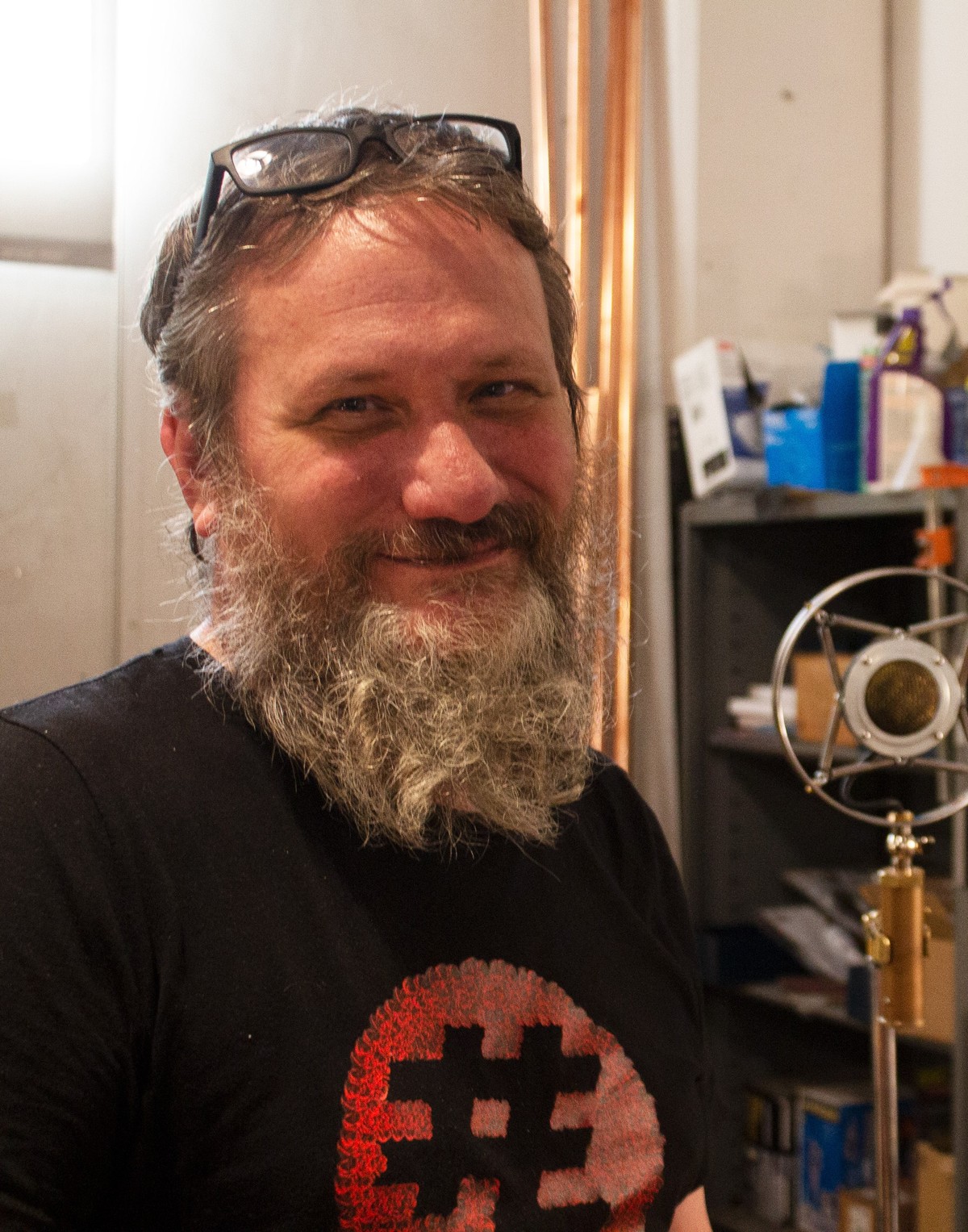
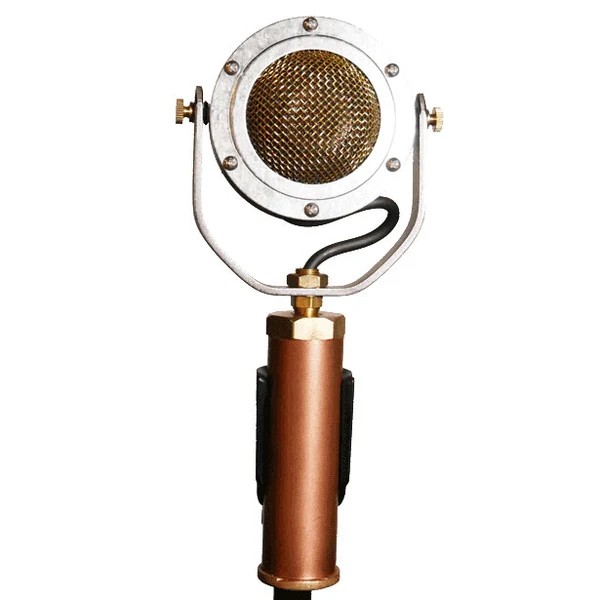
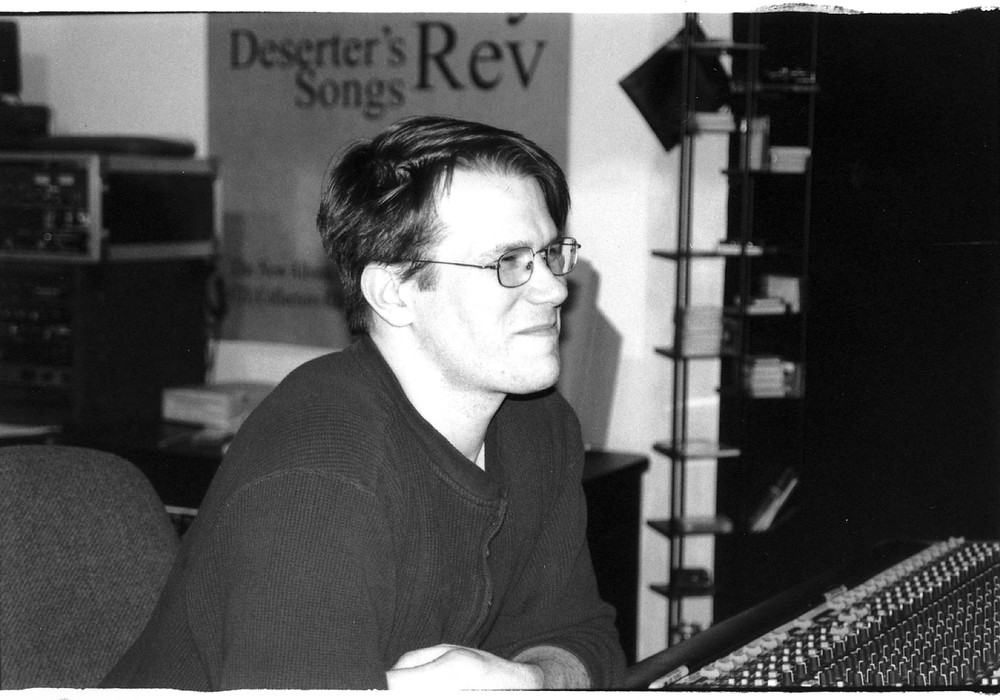
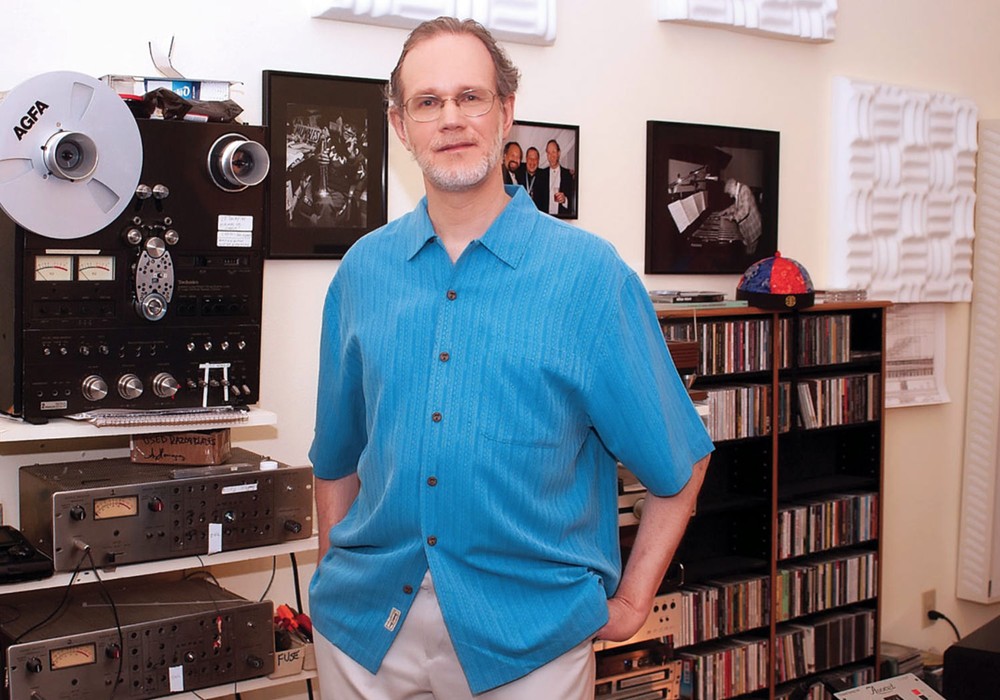

_display_horizontal.jpg)

